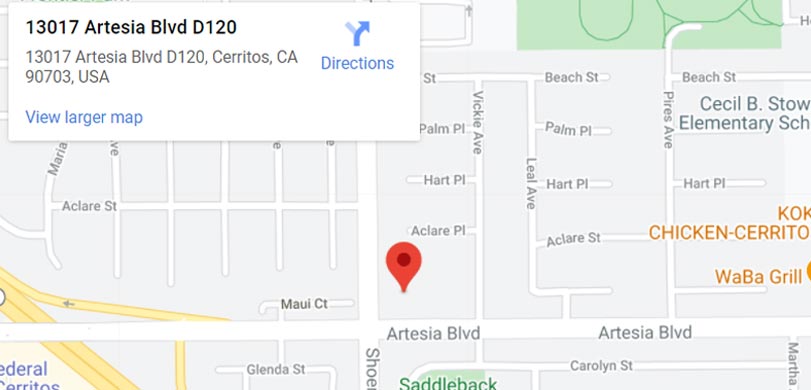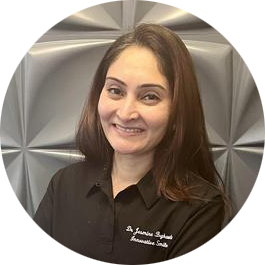Cerritos dentists agree that brushing your teeth is a key practice in regular dental hygiene. You may not follow their advice and brush every time you eat. But you probably do reach for your toothbrush at least twice a day. While you stand in the mirror brushing away, do you ever find yourself thinking about why toothbrushes are designed the way they are? If not, it may surprise you that the answer is more complex than you think. In fact, understanding the function of your toothbrush can help you in choosing a toothbrush best for you. This will give you the upper hand prior to your next dental cleaning with Dr. Boghawala.
Choosing a Toothbrush: Manual vs. Electric
Over the past twenty years, electric toothbrushes have pushed their way into prominence. One study does show that using an electric toothbrush reduces plaque up to 21%. This is mostly due to the micro-vibrations performed by the electrically-powered bristles. Similar movements can be replicated by a manual toothbrush when used properly. When choosing a toothbrush, the choice between manual and electric comes down to personal preference and commitment.
With a manual toothbrush, you will have to practice soft, circular motions to get the same effect as just passing an electric toothbrush over your teeth. If you have upper body weakness or a medical condition that affects fine motor skills, you may find good oral hygiene difficult to achieve using a manual toothbrush. In these cases, an electric toothbrush is preferable. Some may want to look into using a water-pick to replace flossing as well.
Bristle Hardness
Given your toothbrush’s key job is to remove food particles and plaque, it may seem like you would want abrasive bristles to get the job done. However, the American Dental Association’s consensus is that soft bristles are actually best. They are effective at removing plaque while presenting the least risk to your gums, which can be damaged by an overly abrasive toothbrush. For the same reason, dentists advise to not put much pressure on the toothbrush as you brush.
In some rare cases, your dentist may suggest choosing a toothbrush with medium bristle hardness. This typically only suggested when a patient shows no signs of sensitivity and also has consistent plaque build-up. Even if your gums aren’t sensitive, stick to soft bristles unless your dentist tells you otherwise.
Head Shape
Many toothbrushes come with heads that are shaped like ovals or squared off at the top. These types of brushes serve perfectly well for most of your teeth, but you may have trouble comfortably pushing the brush all the way back to your farthest molars. If you run into this issue, opt for a tapered diamond-shaped head. The smaller point at the top will allow you to reach much farther back without causing you discomfort.
Bristle Pattern
Cheaper brushes almost always have level bristles. However, some experts warn that whereas these brushes will serve just fine for the teeth at the front of your mouth, it can be difficult for them to clean the grooves in your molars. Instead, look for bristles that have a “wave” pattern. The different levels in the bristles will help reach into the nooks and crannies of your other teeth. You can also look for a criss-cross pattern in terms of the bristles organization for a better overall cleaning experience.
Picking your Brush
At the end of the day, you can always just look for an ADA seal when choosing a toothbrush, but some aspects of the experience are unique to you. If you feel like your toothbrush isn’t serving you well, and you aren’t sure why then feel free to talk to your local Cerritos dentist at Jesmine Boghawala DDS about the different brush styles that may work better for you.



